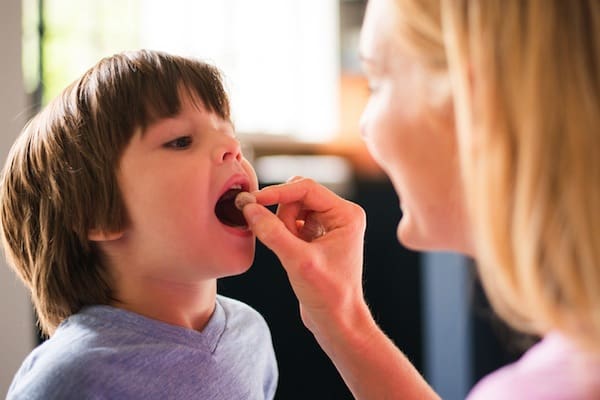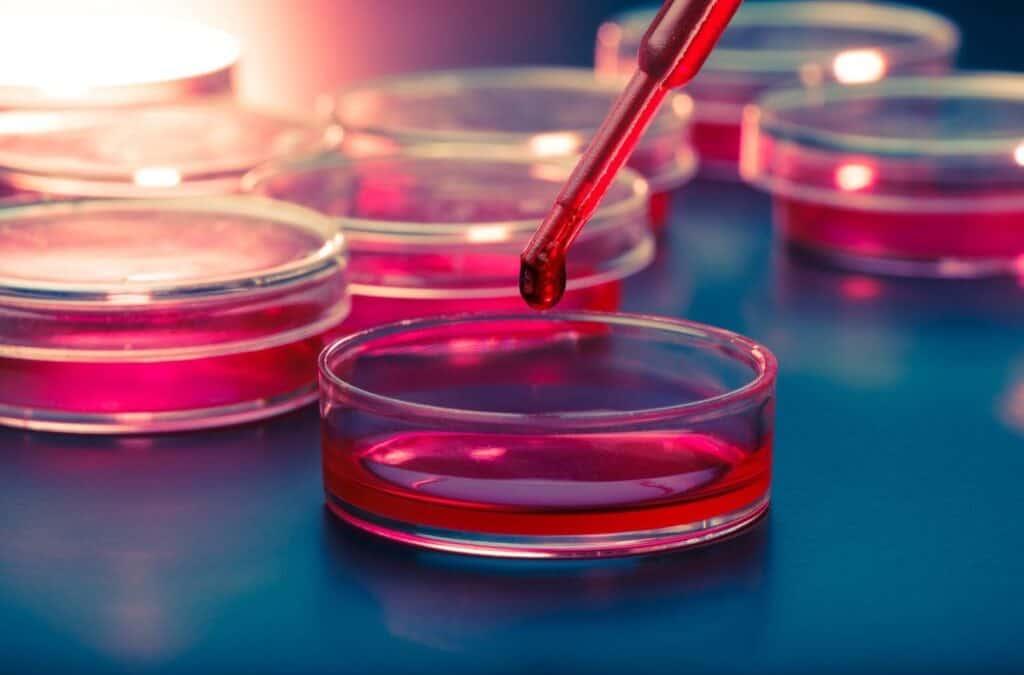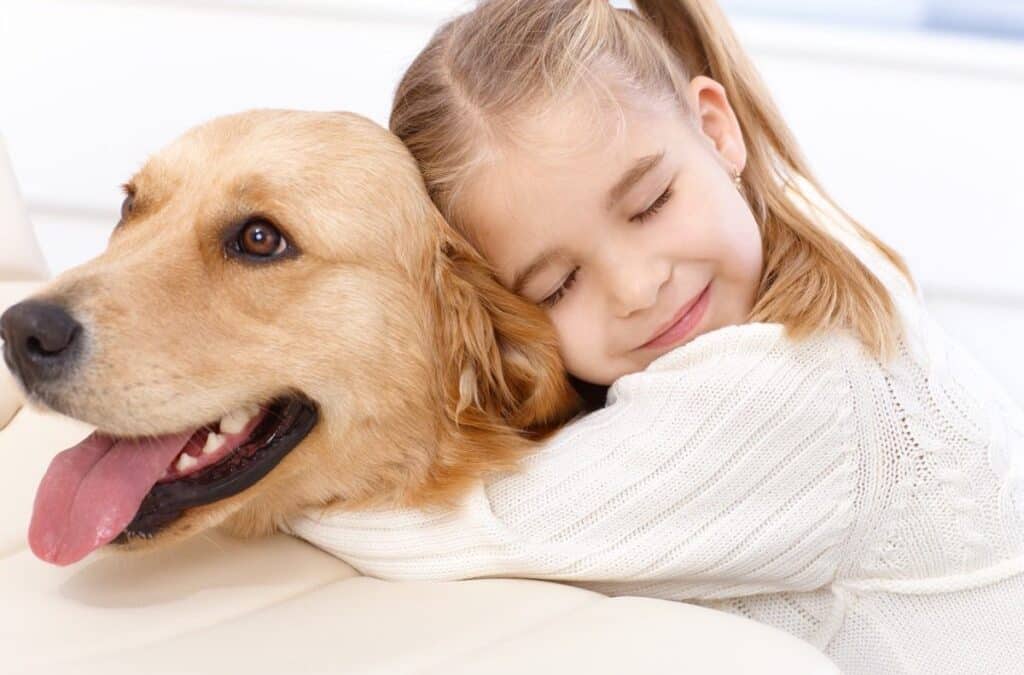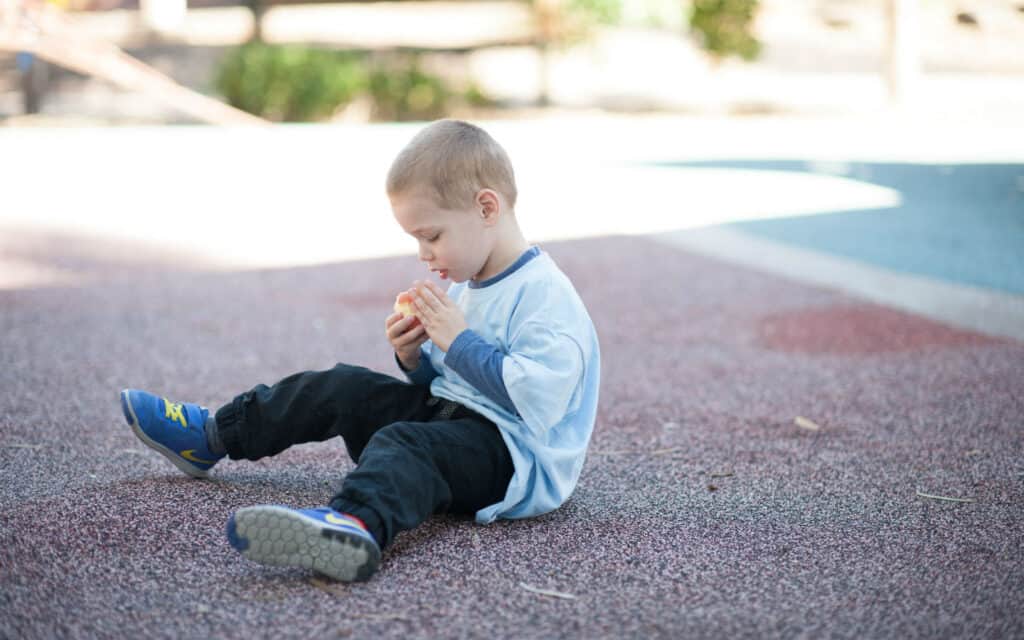
Oxygen Therapy & Autism
Hyperbaric oxygen therapy is thought to improve certain traits of autism such as communication, social skills and eye contact. It involves breathing in up to 100% oxygen in a pressurized chamber to boost oxygen in the brain and reduce brain inflammation. An increase in oxygen may promote a parasympathetic state which in turn promotes a stronger connection between the social engagement and the vagal system.
However the dramatic nature of the autism oxygen therapy may have an opposite effect as it may be threatening and disturbing to the child and does not include any integrated learning so that the child cannot learn to develop an awareness and ability to reduce their own heightened vagal state.
In rare circumstances there have been reports of ear and eye issues such as middle ear fluid and barotraumas, transitory shortsightedness and sinus problems.
There is no evidence for this as a therapy for ASD and the distress and dangers to the patient make it not worth the risk. There are many safer ways to calm the vagal system and reinvigorate the social engagement system.





Recent Comments